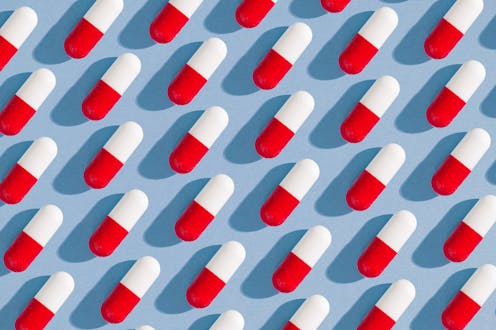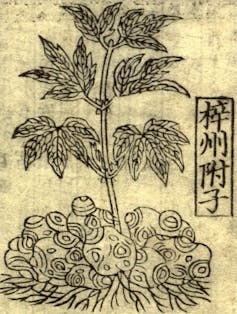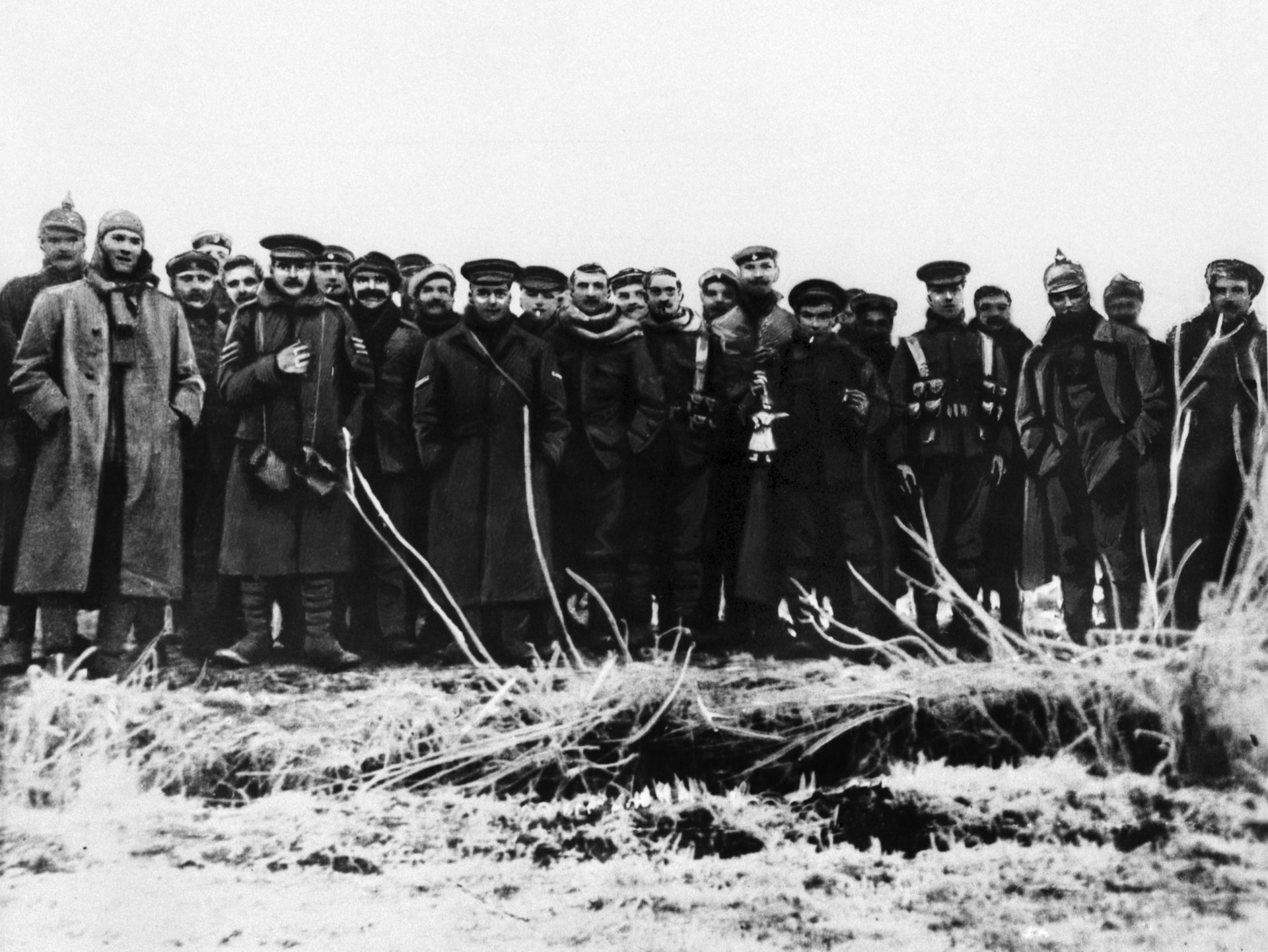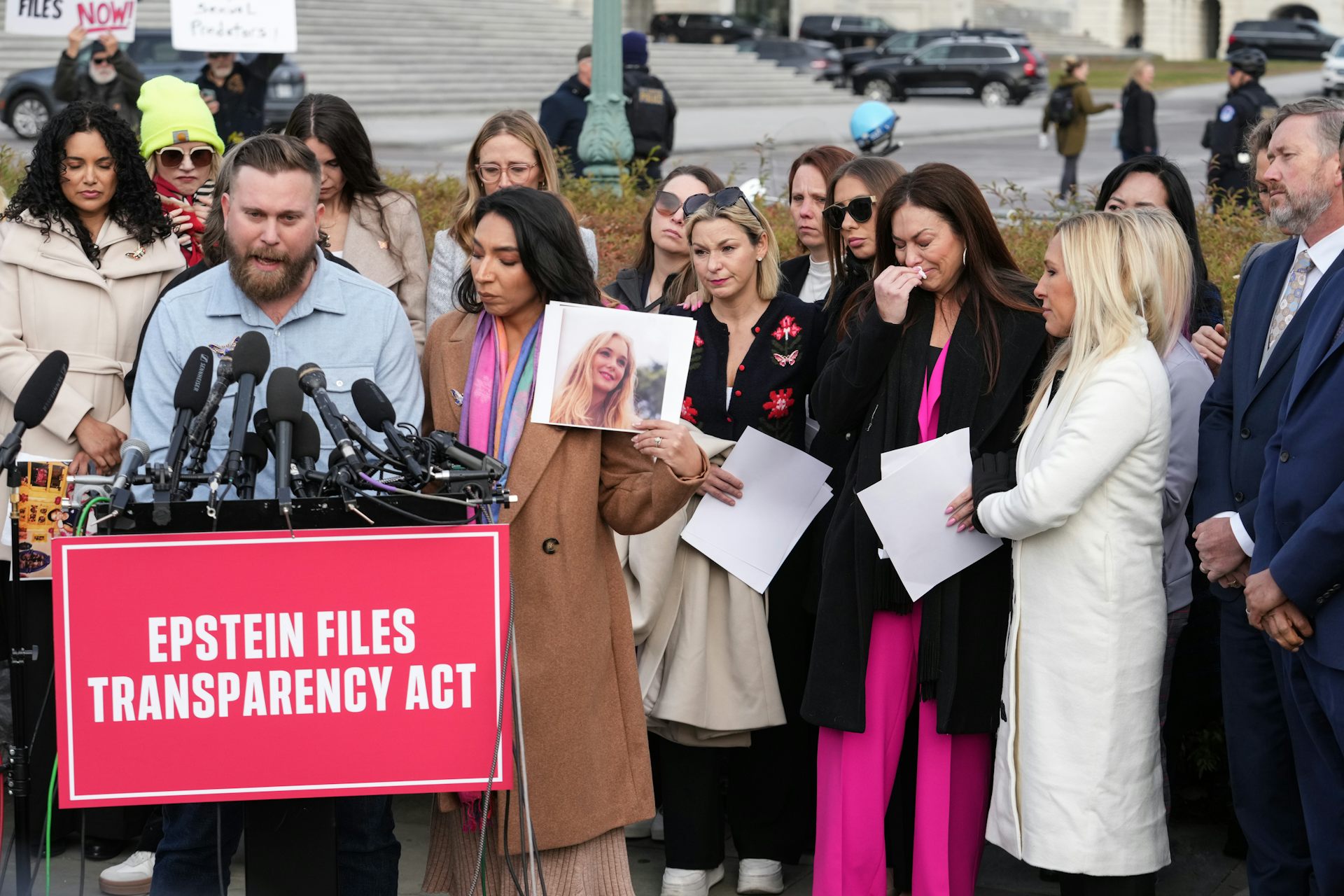Drugs – 4 essential reads on how they're made, how they work and how context can make poison a medic
Despite technological advancements, many challenges remain in getting a drug from lab to pharmacy shelf. Reframing what is a “medicine” could expand treatment options for researchers and patients.

Pandemics and disease outbreaks put a spotlight on the hurdles researchers face to get a drug on the shelves. From finding prospective drug candidates to balancing time and financial pressures with ensuring safety and efficacy, there are many aspects of drug development that determine whether a treatment ever makes it out of the lab.
Broadening the definition of “medicine” and where it can be found, however, could help expand the therapeutic options available for both researchers and patients.
Here are four facets of how drugs are developed and how they work in the body, drawn from stories in The Conversation’s archive.
1. Matching drug to target
The most effective drugs are, in a sense, the product of good matchmaking – they bind to a specific disease-causing receptor in the body, elicit a desired effect and ideally ignore healthy parts of the body.
Drugs travel through the bloodstream to reach their targets. Because of this, most drugs circulate throughout the body and can bind to unintended sites, potentially causing undesired side effects.
Researchers can increase the precision and effectiveness of a drug by designing different ways to take it. An inhaler, for example, delivers a drug directly to the lungs without its having to travel through the rest of the body to get there.
Whether patients take drugs as prescribed is also essential to ensuring the right dose gets to where it needs to be often enough to have a desired effect. “Even with all the science that goes into understanding a disease well enough to develop an effective drug, it is often up to the patient to make it all work as designed,” writes pharmaceutical scientist Tom Anchordoquy of the University of Colorado Anschutz.
2. Searching for drug candidates
Researchers have discovered a number of drugs by chance, including penicillin for bacterial infections, vaccines for smallpox and warfarin for blood clots. While serendipity still plays a role in modern drug discovery, most drug developers take a systematic approach.
Scientists typically start by identifying a particular molecular target, usually receptors that trigger a specific response in the body. Then, they look for chemical compounds that react with that target. Technology called high-throughput screening allows researchers to quickly test thousands of potential drug candidates at once. Compounds that match screening criteria advance to further development and refinement. Once optimized for their intended use, compounds go on to safety and efficacy testing in animals and people.
One way to ease the search for optimal drug candidates is to work with compounds that are already optimized to work in living beings. Natural products, derived from organisms like microbes, fungi, plants and animals, share similar structures and functions across species. Though not without their own development challenges, they could aid the search for related compounds that work in people.
“There are thousands of microorganisms in the ocean left to explore as potential sources of drug candidates, not to mention all the ones on land,” writes medical chemist Ashu Tripathi of the University of Michigan. “In the search for new drugs to combat antibiotic resistance, natural products may still be the way to go.”
3. A drug by any other name may be just as effective
Existing drugs can find a second (or third, fourth and fifth) life through repurposing.
Most drugs have many functions beyond what researchers originally designed them to do. While this multifunctionality is often the cause of unwanted side effects, sometimes these results are exactly what’s needed to treat a completely unrelated condition.
Sildenafil, for example, failed to treat severe chest pain from coronary artery disease, but proved to be potent at inducing erections as Viagra. Similarly, thalidomide, a compound that caused birth defects in thousands of infants around the world as a morning sickness drug, found redemption as a cancer treatment.
Because drugs inherently have more than one function in the body, repurposing existing drugs can help fill a gap where pharmaceutical companies and other developers cannot or will not. Gregory Way, a researcher at the University of Colorado Anschutz, uses artificial intelligence to predict the various effects a drug can have and believes that this lack of specificity is something to explore rather than eliminate. Instead of trying to home in on one specific target, he suggests that scientists “embrace the complexity of biology and try to leverage the multifaceted effects drugs can offer.”
4. Poison as medicine
If so many drugs can have toxic effects in the body, be it through side effects or taking the wrong dose or for the wrong condition, what determines whether a drug is a “medicine” or a “poison”?
Biomedical scientists evaluate drugs based on their active ingredient, or a specific compound that has a specific effect in the body. But reducing medicines to just a single molecule ignores another important factor that determines whether a drug is therapeutic – the context in which it is used. Opioids treat intractable pain but can lead to debilitating and lethal addiction when improperly administered. Chemotherapy kills tumors but causes collateral damage to healthy tissues in the process.

Another pharmaceutical paradigm, traditional Chinese medicine, has historically acknowledged the malleability of drugs through the use of poisons as therapeutics.
Yan Liu, a medical historian at University of Buffalo who studies this practice, notes that ancient texts did not distinguish between poisons and nonpoisons – rather, Chinese doctors examined drugs based on a continuum of potency, or ability to harm and heal. They used different processing and administration techniques to adjust the potency of poisons. They also took a personalized approach to treatment, aware that each drug works differently based on a number of different individual factors.
“The paradox of healing with poisons in traditional Chinese medicine reveals a key message: There is no essential, absolute or unchanging core that characterizes a medicine,” Liu writes. “Instead, the effect of any given drug is always relational – it is contingent on how the drug is used, how it interacts with a particular body and its intended effects.”
Read more: Poison or cure? Traditional Chinese medicine shows that context can make all the difference
Editor’s note: This story is a roundup of articles from The Conversation’s archives.
Read These Next
West Antarctica’s history of rapid melting foretells sudden shifts in continent’s ‘catastrophic’ geo
A picture of what West Antarctica looked like when its ice sheet melted in the past can offer insight…
How the ‘slayer rule’ might play a role in determining who will inherit wealth from Rob Reiner and h
These rules have a long history in the United States. They played a role in the notorious murders by…
The celibate, dancing Shakers were once seen as a threat to society – 250 years later, they’re part
‘The Testament of Ann Lee,’ Mona Fastvold’s 2025 film, depicts part of the long history of Shaker…






